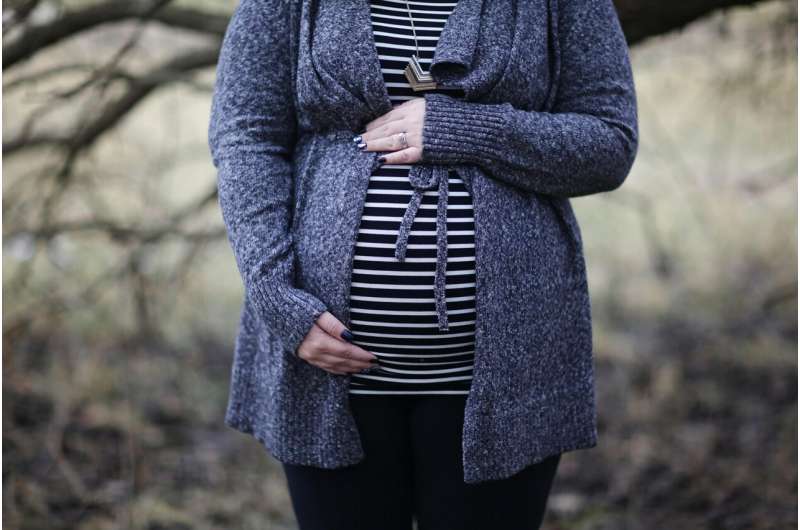Living in Rural Areas During Early Childhood May Increase Risk of Developing Type 1 Diabetes

New research indicates that early childhood living in rural environments may significantly increase the risk of developing type 1 diabetes, highlighting the importance of environmental factors in disease development.
Recent research presented at the European Association for the Study of Diabetes (EASD) annual meeting in Vienna suggests that children residing in rural environments during their first five years could face a higher likelihood of developing type 1 diabetes (T1D) compared to those living in urban areas. The study, conducted by researchers from the University of Gothenburg, analyzed data from Sweden, a country with one of the highest incidences of T1D globally.
The investigation involved examining the residential histories of over 21,700 individuals diagnosed with T1D between 2005 and 2022, all aged 0 to 30 years. Using detailed environmental data, the team identified geographic clusters with differing risks for T1D. Notably, four significant high-risk clusters were located in rural central Sweden, where the risk was between 30% and 80% higher than the national average. Conversely, urban centers such as Stockholm, Gothenburg, and Malmö showed lower risk levels, with incidence rates 20% to 50% below the average.
Further analysis focusing on the first five years of life revealed 11 rural clusters with elevated risks up to 2.7 times higher. Northern regions exhibited the highest risk, which was associated with land cover types characterized by forests and agricultural land, while urban and open land areas showed a lower incidence of T1D.
The researchers propose that environmental factors prevalent in rural areas during early childhood, such as exposure to certain viruses, pesticides, or allergens, might influence the development of autoimmunity leading to T1D. They speculated that increased viral infections in urban environments during early life could potentially have a protective effect. Future studies aim to explore these environmental influences in greater detail.
These findings challenge prior assumptions about urban exposure and autoimmune risk, emphasizing the need for further environmental research to understand how rural environments may contribute to T1D etiology. The results also highlight significant geographical disparities within Sweden that could inform targeted prevention strategies.
Source: https://medicalxpress.com/news/2025-08-rural-environments-years-life-factor.html
Stay Updated with Mia's Feed
Get the latest health & wellness insights delivered straight to your inbox.
Related Articles
New Guidelines for Tapering Opioids in Children to Prevent Withdrawal Symptoms
The American Academy of Pediatrics releases new guidelines on tapering opioids in children to prevent withdrawal symptoms, emphasizing personalized plans and supportive therapies.
President Trump Claims Research Links Tylenol to Autism; Scientists Say Misinterpretation of Findings
Recent discussions suggest a possible link between Tylenol use during pregnancy and autism, but experts clarify that evidence remains inconclusive. Consult your healthcare provider for guidance.
Revolutionary Gene Therapy Shows Promise in Inducing HIV Dormancy
A groundbreaking study reveals that gene therapy targeting HIV's antisense transcript (AST) may permanently induce viral dormancy, paving the way for potential cures beyond lifelong medication.
The Rise of Commercial Investment in Medical Imaging: Key Concerns
An expanding industry of private investments in medical imaging raises concerns about reduced competition, overuse of costly scans, and the influence of profit motives on healthcare quality. Learn about the key issues and the need for safeguards to protect public health.



